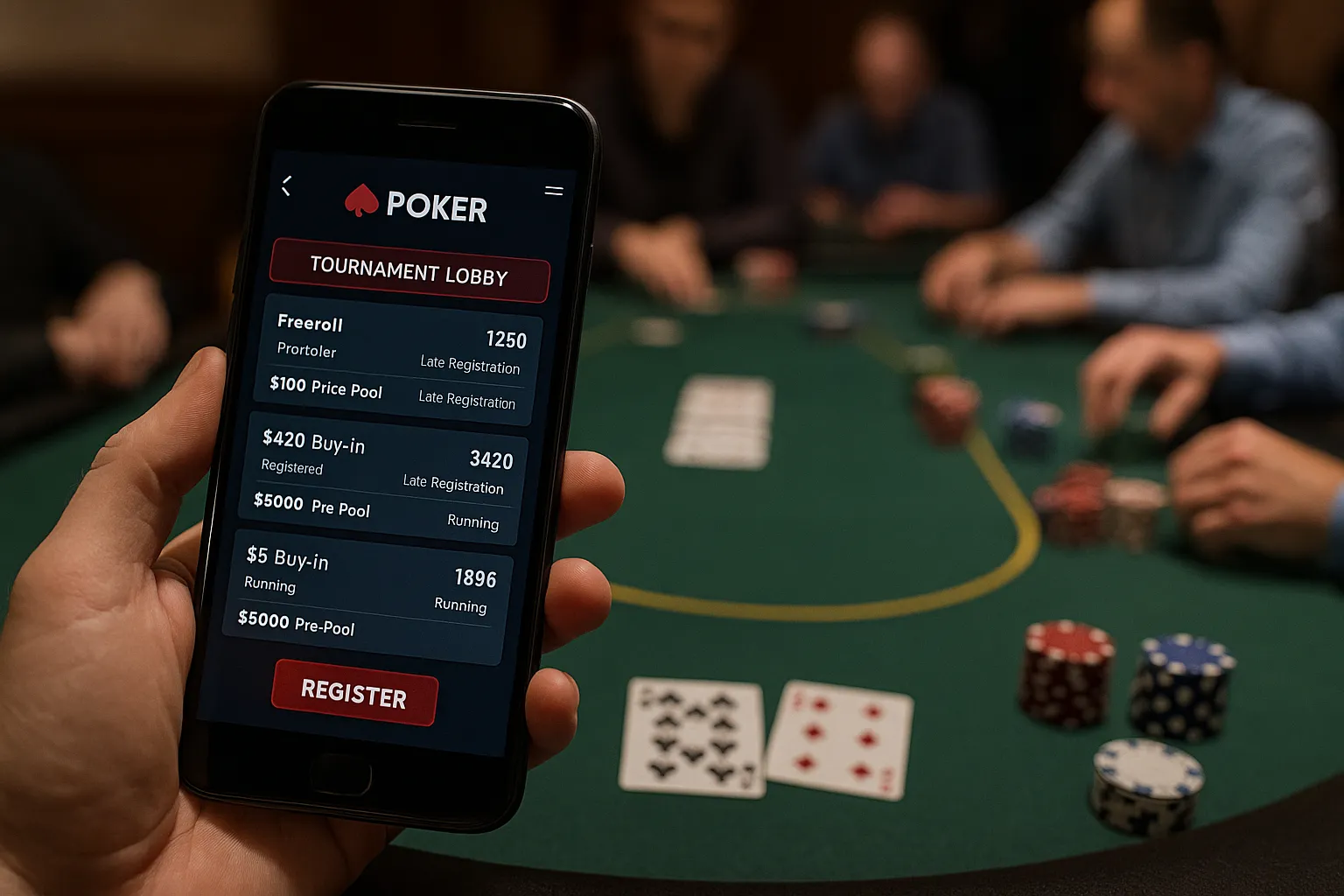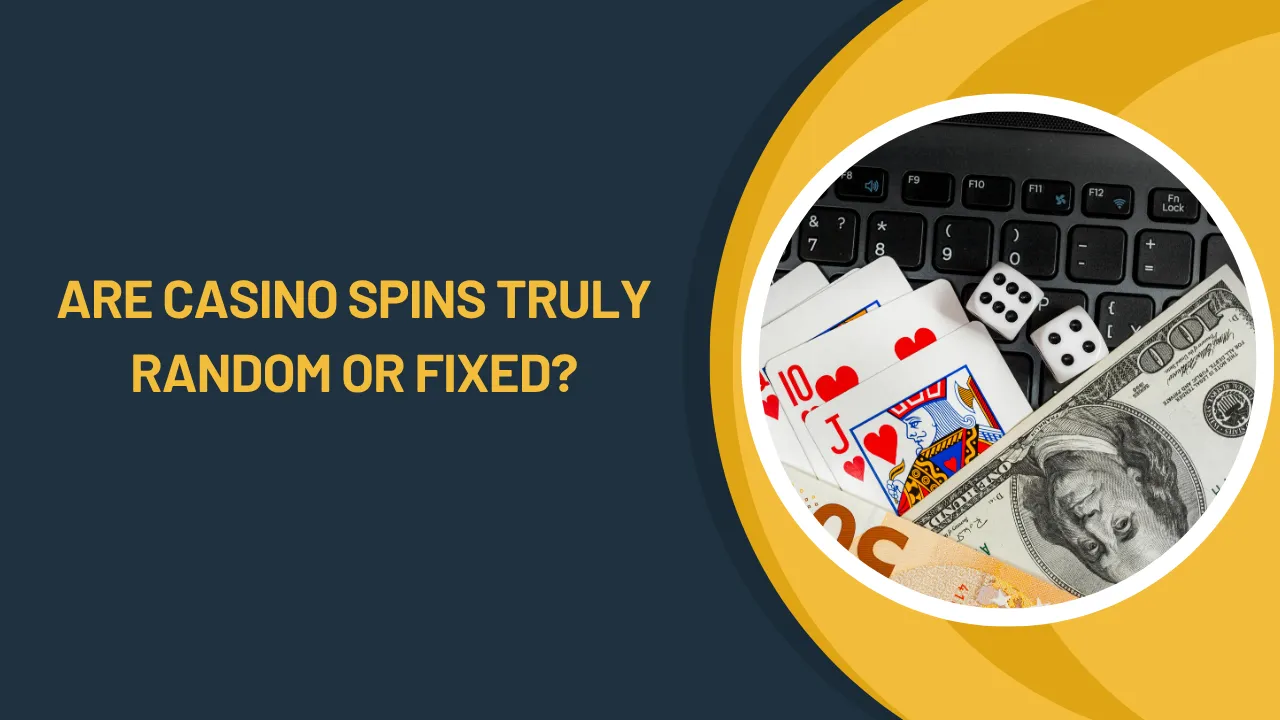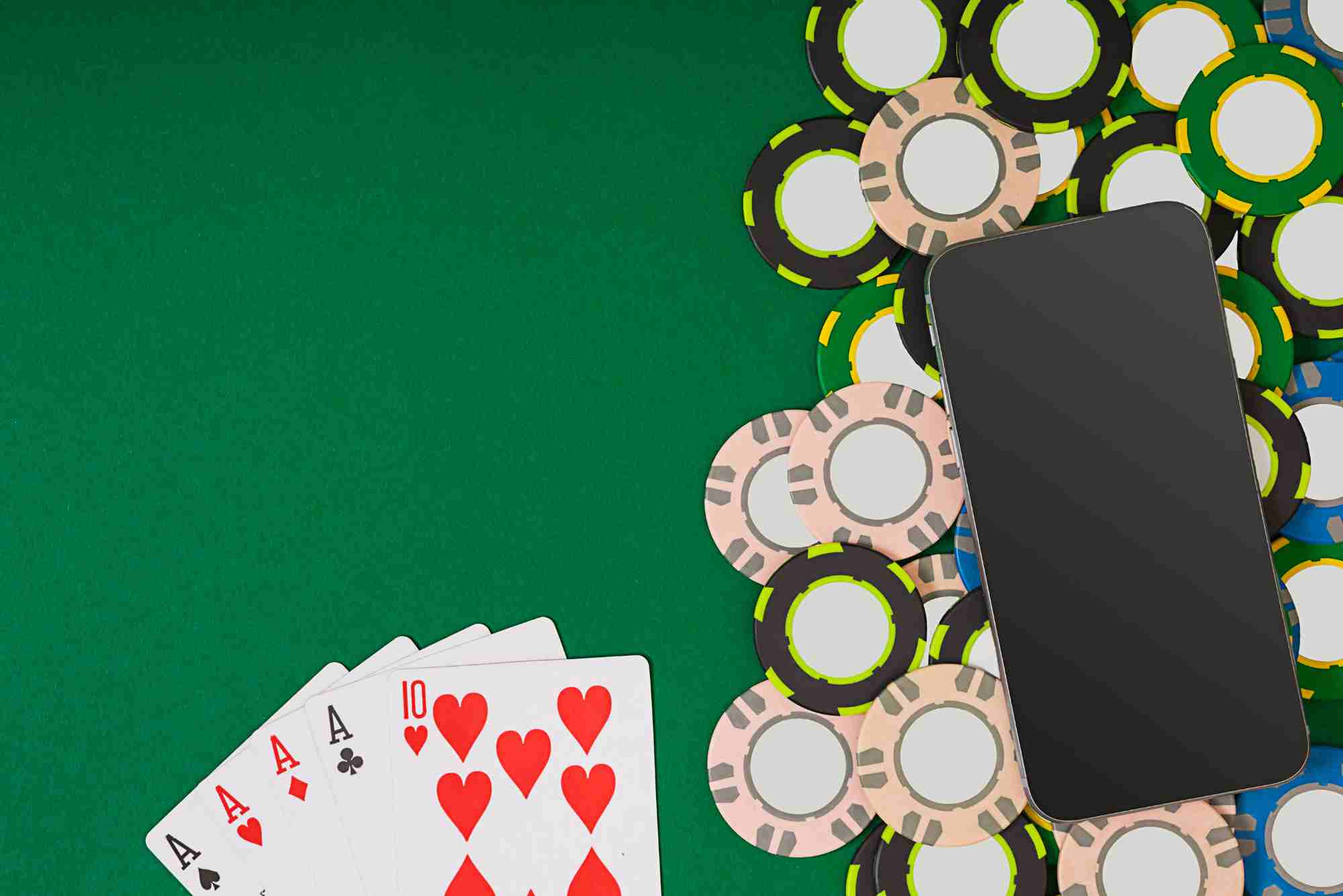Since I first sat at a felt-covered table with a fresh stack of chips, I’ve been fascinated by the thrill of tournament poker. Watching the blinds tick up, sizing up opponents, and dreaming of that final table has been a cornerstone of my gaming journey. Over the years, I noticed more players ask: “Are there ways to play tournaments without risking my own money?” The short answer is yes—and in this article, I’ll share everything you need to know about free poker tournaments, how they work, and how you can leverage them to sharpen your skills and even win real prizes.
What Are Free Poker Tournaments?
Free poker tournaments, often called “freerolls,” are events where no entry fee is required. Players simply register and compete against others for a share of a prize pool. These events have existed for decades in brick-and-mortar clubs, and they’ve become even more popular online. The appeal is obvious: you get real tournament experience without risking your bankroll. In my early days, I used freerolls to understand tournament dynamics—stack management, position play, and shifting strategies as the field shrank.
How Free Tournaments Work
Freerolls operate on a simple premise. Tournament organizers allocate a budget for the prize pool—sometimes funded by sponsors, advertising, or platform revenues. You log in, click “Register,” and receive a starting stack of tournament chips. From there, you play just like in a regular tournament: blinds increase, players get eliminated, and the last remaining participants receive payouts. And the payouts can range from small cash prizes to tournament tickets, merchandise, or even funded entries into large buy-in events.
Many online platforms integrate these freerolls into their lobby under special tabs. Mobile-friendly betting apps sometimes send notifications about scheduled freerolls—saving you the trouble of scouting for events. Scheduling is crucial: some freerolls run daily, others weekly, and special ones pop up around holidays or major live events.
Benefits of Playing for Free
One of the first lessons I learned was that playing freerolls accelerates your learning curve. You can test new strategies without worrying about losing real funds. You also experience real tournament pressure: time banks, rising blinds, and table changes. For aspiring pros, this is invaluable practice. And don’t underestimate the networking angle—chat features let you connect with other players, exchange tips, and even arrange friendly games outside of the freeroll environment.
Free tournaments also offer promotional value for operators. Sites bookmarked for frequent freeroll action often see players convert to paid games once they build confidence. If you want to dive deeper into how operators validate their game fairness and RNG integrity, industry overviews like those on MDT’s software audit insights break down the certification process and compliance checks.
Potential Drawbacks to Consider
While freerolls have clear advantages, they come with caveats. The main challenge is field size: many freerolls attract thousands of players, making final-table finishes rare. Additionally, novice players often adopt loose, passive gameplay in freerolls because there’s no financial risk, which can lead to volatile tables and unpredictable outcomes. Finally, prize pools tend to be modest; topping a 5,000-player freeroll might net you $10 or a single tournament ticket.
Despite these downsides, I found that structuring my freeroll calendar—choosing lower-traffic windows or private-room events—significantly increased my ROI. And any small cash prize can be reinvested into micro-stakes paid tournaments to further cultivate your skills.
How to Find and Join Freerolls
Most major online poker rooms host daily freerolls—check the tournament lobby or filter by “Buy-In” set to zero. If you use betting apps that combine sports and casino options, look under the poker section where freerolls are usually highlighted. Some operators also tag “New Player Freerolls,” designed to introduce newcomers; these often have smaller fields and can be easier to navigate.
Another tip: subscribe to newsletters and follow social media channels of your preferred platforms. Many freerolls require a minimum deposit—often $5—to qualify, and platforms send these invites exclusively to subscribers. I’ve found that building a small, consistent habit of checking the lobby and setting calendar reminders has ensured I never miss high-value freerolls.
Maximizing Your Freeroll Success
Winning a freeroll isn’t just about luck—it’s about strategy. Early in the tournament, observe opponents’ styles: who’s playing tight, who’s chasing flops? Use this information to pick your spots when blinds are low. As blinds rise, avoid marginal calls; focus on stealing blinds and maintaining a healthy stack through disciplined aggression. I personally track my chip count relative to the average stack—knowing when I’m above or below average helps me decide whether to play conservatively or push edges.
Late in the tournament, when only a few dozen players remain, table dynamics shift dramatically. Short stacks often shove any two cards, while deep stacks leverage pressure. Recognizing these shifts and adapting quickly has turned many of my deep runs into small cashes or tickets for bigger events.
Fairness and Reliability of Free Tournaments
Fairness in freerolls is underpinned by the same Random Number Generator (RNG) and audit protocols used in paid tournaments. Independent labs test the software to guarantee true randomness and consistent game logic. If you’re ever in doubt about a platform’s integrity, look for certification seals from bodies like eCOGRA or GLI in the site footer.
Furthermore, reputable operators employ anti-collusion and anti-fraud measures. I once encountered an organized collusion attempt in a live freeroll; the platform’s security team flagged suspicious bet patterns and swiftly disqualified the offending accounts. This level of oversight is standard across licensed online poker rooms, giving freeroll players the same protections as high rollers.
Transitioning from Free to Paid Tournaments
Once you’ve honed your skills through freerolls, the natural progression is to step into low-stakes paid events. I recommend starting with micro-stakes tournaments—buy-ins between $1 and $5—so you can feel real monetary pressure without risking a large portion of your bankroll. Apply the same stack management principles and psychological discipline you cultivated in freerolls. The key is to treat each paid event as a freeroll in terms of studying opponents and refining tactics, but with extra caution around bankroll management.
Keep a simple spreadsheet to track your ROI, number of entries, and profit per tournament category. Over time, you’ll identify formats—turbo, deep-stack, MTTs—that align with your style and bankroll goals.
Building a Sustainable Poker Routine
Like any skill, consistency is vital. I schedule three to five freerolls per week, interspersed with one or two micro-stakes paid tournaments. This balance keeps my game sharp and my mindset healthy. Remember to take breaks—poker fatigue can erode decision-making quality. Use built-in break reminders on betting apps or set your own timers.
Also, engage with the community: online forums, Discord channels, and local poker clubs offer fresh perspectives and feedback. Sharing hand histories and discussing pivotal hands helps you avoid repeating mistakes.
Conclusion
Playing poker tournaments for free through freerolls is an excellent way to learn tournament mechanics, practice strategic thinking, and even win real prizes without risking your bankroll. By understanding the structure of freerolls, employing disciplined strategies, and leveraging toolsets offered by reputable operators—possibly via user-friendly betting apps—you can accelerate your growth as a tournament player. When you’re ready, smoothly transition into paid events, armed with solid instincts and a well-maintained bankroll. So go ahead, log in, register for that next freeroll, and let the chips fall where they may. Your next tournament win might just be one click away.








